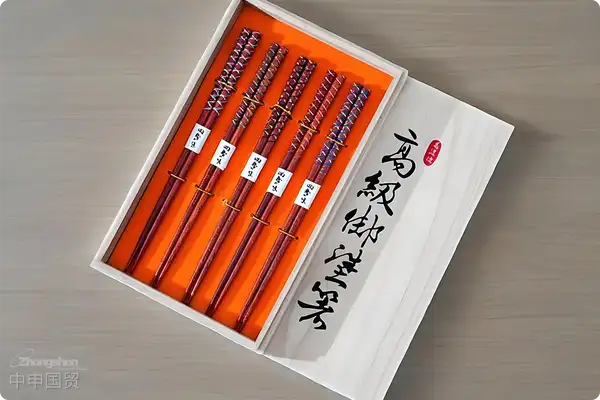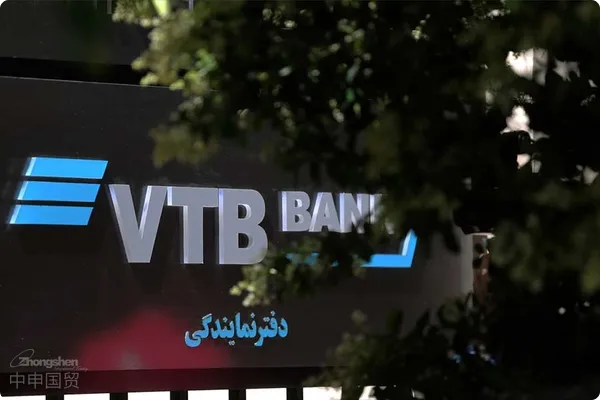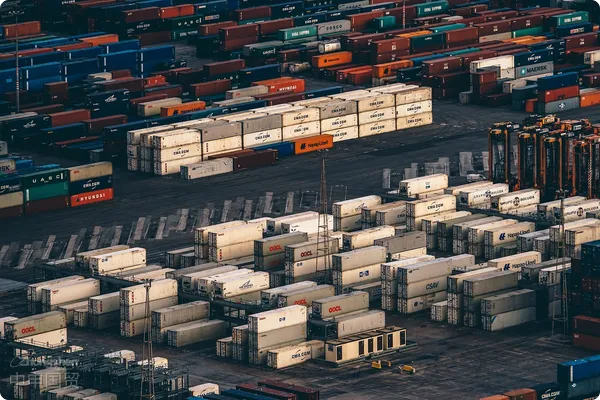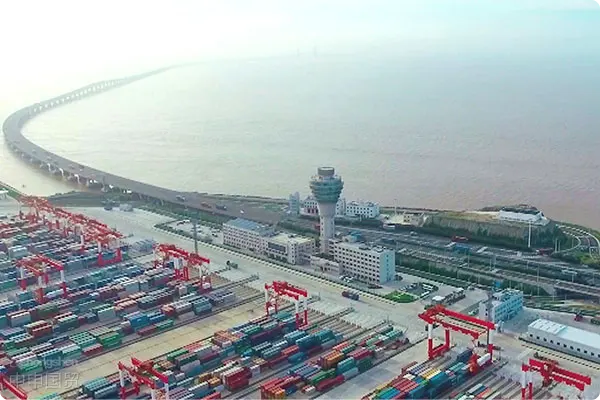- Shanghai Zhongshen International Trade Co., Ltd. - Two decades of trade agency expertise.
- Service Hotline: 139 1787 2118
Things to Know About Importing Bamboo and Wooden Chopsticks
Asforeign tradeAs a veteran in the industry, I have handled hundreds of batches of bamboo and wooden tableware import businesses. Today, I will talk to you about this seemingly simple but actually intricate category - bamboo and wooden chopsticks. Despite their small size, every step from overseas procurement to domestic shelving tests the professionalism of importers.

I.Import RepresentationThe Core Four Steps
Pre - preparation Stage
- HS Code Positioning:Bamboo and wooden chopsticks are usually classified under 4419.2000 (wooden) or 4419.3000 (bamboo), with a tariff of about 10%, and special attention should be paid to quarantine requirements
- BookIn addition to standard contracts, invoices, and packing lists,It is recommended to verify through the following methods:and the phytosanitary certificate is a mandatory document
- Qualification Processing:- Clearly defineimport and exportQualified enterprises can use dual-title customs declaration, and sensitive batches are recommended to be prepared two weeks in advance
Key Points of International Transportation
- Maritime TransportationFor LCL shipments, fumigation treatment is recommended to avoid cross-contamination with other goods
- Air TransportationAir freight is more suitable for small trial orders, and note that some airlines classify bamboo and wooden products as sensitive goods
Practical Tips for Domestic Customs Clearance
- When declaring customs, special attention should be paid to the use of preservatives, and customs may require heavy metal test reports
- For inspection goods, on-site CIQ inspection is required, and it is recommended to prepare samples in advance to demonstrate packaging integrity
Post-Delivery Considerations
- The storage environment should be kept dry and ventilated, with relative humidity controlled below 65%
- When settling accounts, pay attention to distinguishing between port arrival fees and customs clearance miscellaneous fees under CIF terms
II. Business Insights from Customs Consumption Tips
The consumption alerts issued by customs actually contain business opportunities. Smart importers should learn to read these signals.
- Genuine product traceability:We recommend requesting suppliers to provide complete production chain documentation. We once helped a client achieve full-process traceability from bamboo grove to dining table using blockchain technology.
- Appearance control:During inspection, we recommend adding UV light scanning to quickly detect potential mold issues.
- Odor detection:Last year, a shipment of Thai imported chopsticks was returned due to excessive sulfur content. Professional lab testing fees are actually much more cost-effective than return shipment losses.
III. Three golden suggestions for importers
Based on typical cases weve handled, weve summarized these practical experiences:
- Packaging revolution:Using individually sealed packaging with desiccants, a Japanese brand successfully extended shelf life to 18 months.
- Compliance innovation:The EUs latest requirement mandates bamboo products pass EN 1186 food contact material testing. Early testing can prevent port crises.
- Cultural adaptation:Chopsticks for Middle Eastern markets need to be shorter, while European and American markets prefer products that can be engraved with personalized patterns.
IV. Special reminder: Avoid these pitfalls
- One company faced doubled tariff rates when customs classified their chopsticks as lacquerware due to undeclared food-grade coating.
- Cross-border E-commerceFor retail imports, note that individual packages require Chinese labeling. Last year, a shipment of Korean chopsticks was detained at port for this reason.
- Natural materials ≠ quarantine exemption. The strangest case weve seen involved live borers hidden in chopsticks.
Finally, an industry proverb to share:Chopsticks may be small, but the details matter; importing isnt hard, but success lies in the particulars.,. Feel free to contact us with any specific questions!
Related Recommendations
? 2025. All Rights Reserved. Shanghai ICP No. 2023007705-2  PSB Record: Shanghai No.31011502009912
PSB Record: Shanghai No.31011502009912










